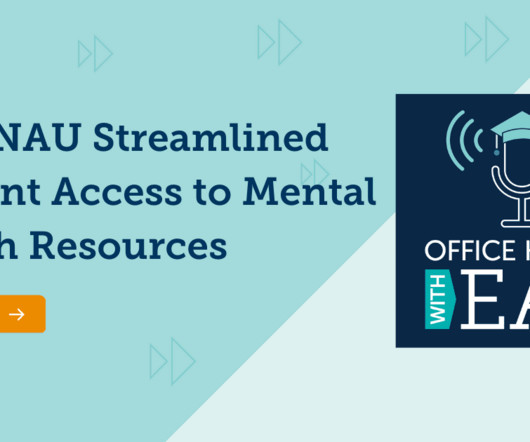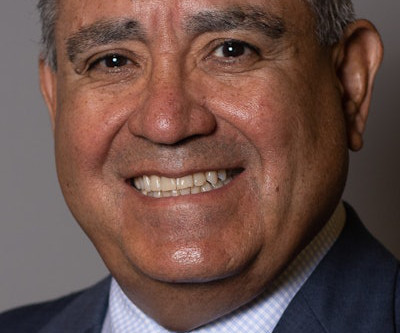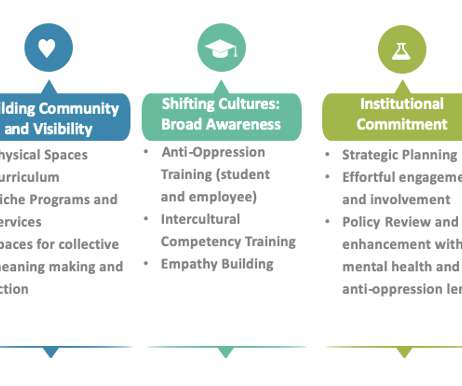How Incarceration Impacts the Basic Needs of Loved Ones & Families
Diverse: Issues in Higher Education
APRIL 22, 2025
These dynamics affect household incomes, mental health, academic success, and long-term aspirations. First, acknowledge that these students exist. When possible, build basic needs programming that focuses beyond the individual to the family systems that shape student success. And yet, we rarely talk about it.


















Let's personalize your content